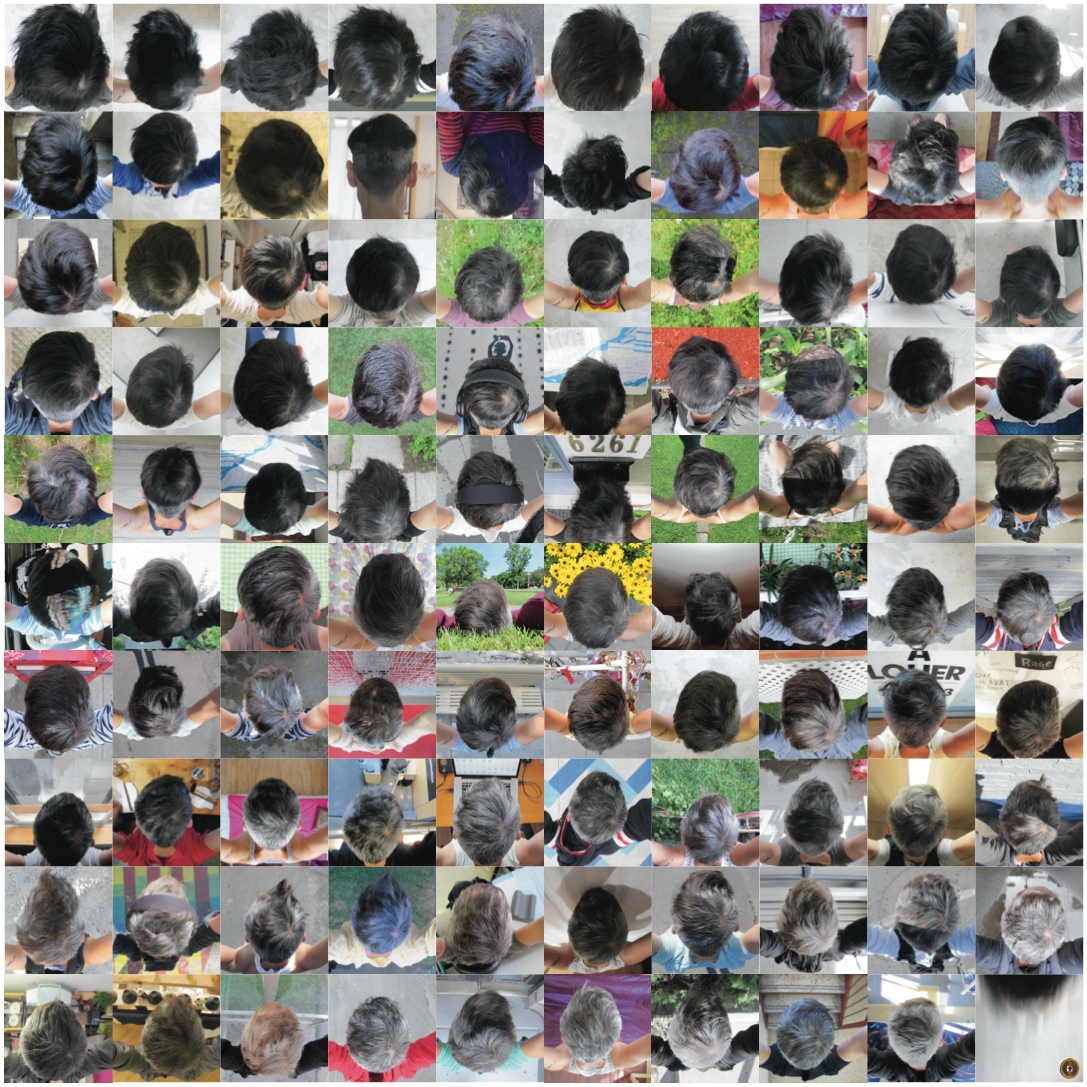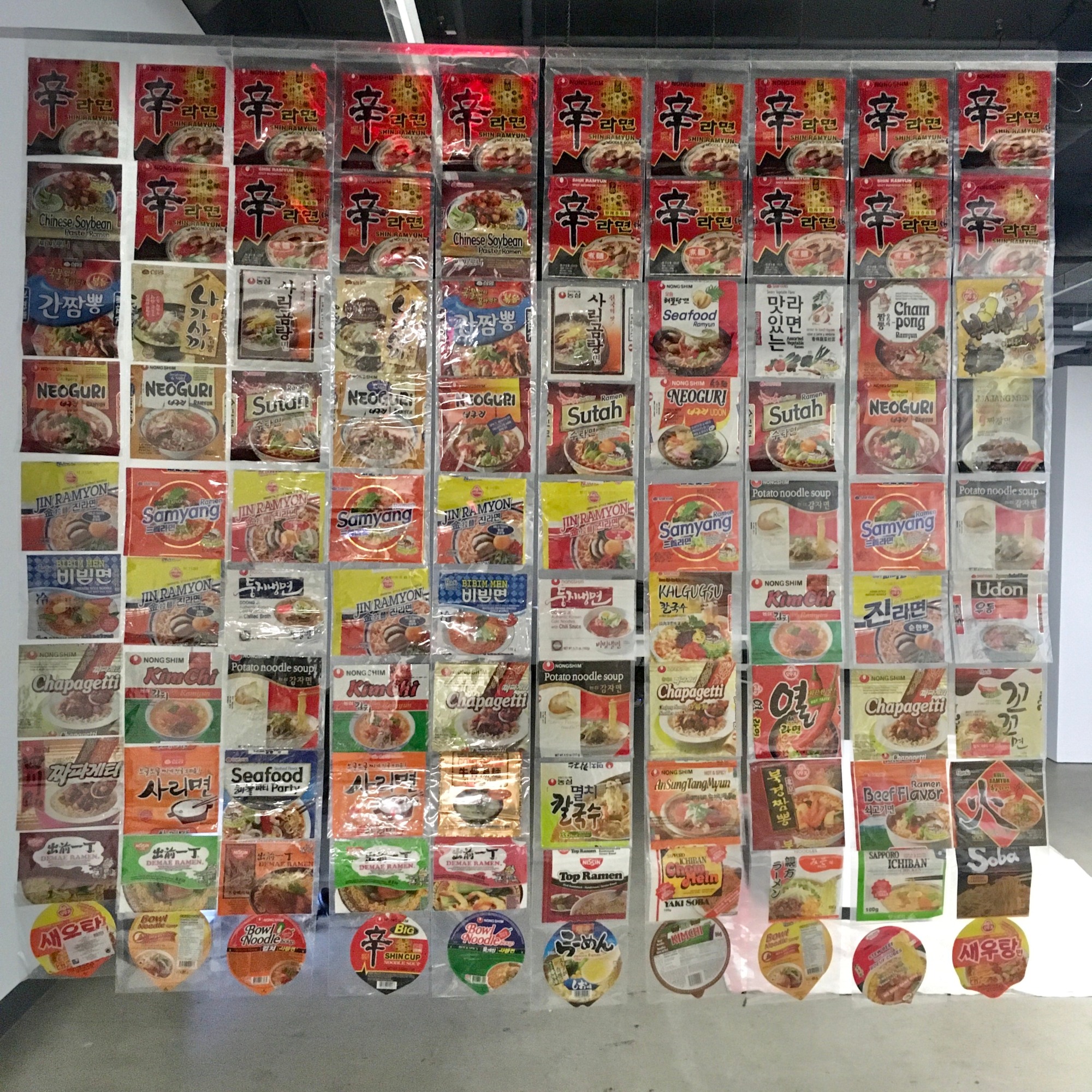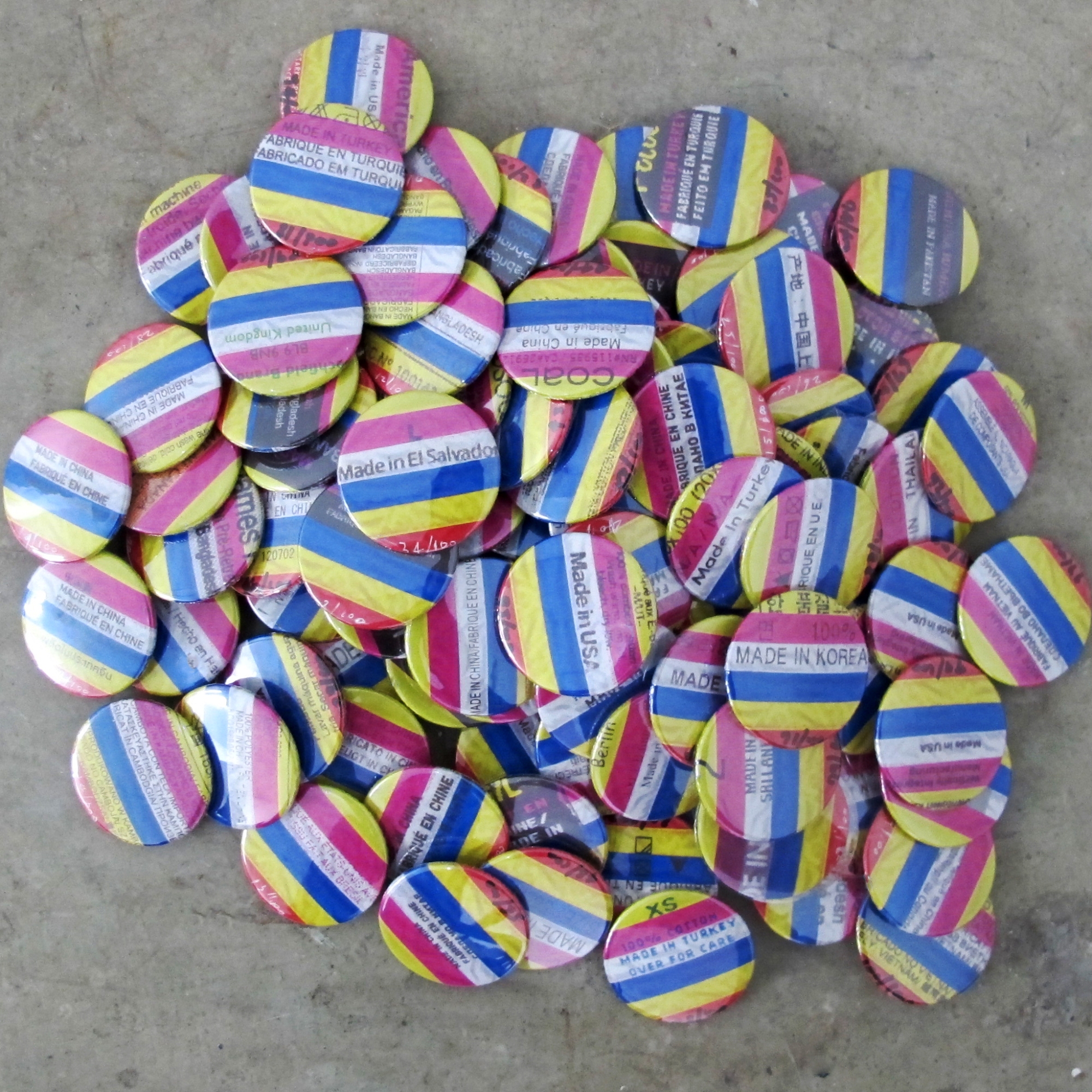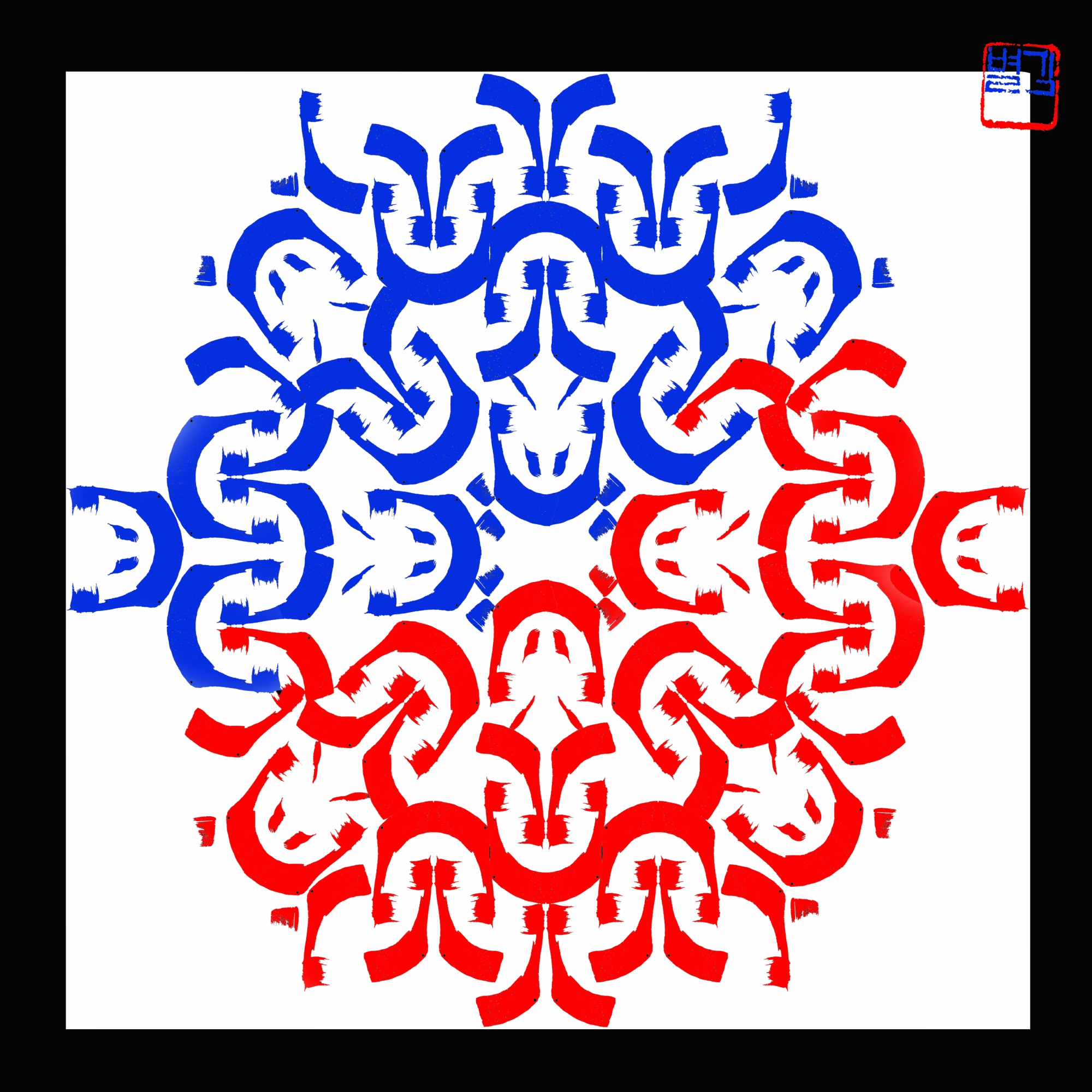백 (100 + Blanc)
le concept 백 [baek] s’est développé à partir de 2003 quand la Corée du Sud célébrait les 50 ans d’adoption internationale… Mon premier travaille marquant cet événement fâcheux a été de faire un montage digital avec 100 photos d’adopté.e.s envoyées aux futurs parents adoptants. Ces photos sont en noir et blanc et donc j’ai intitulé ‘100 White Koreans – 100 baek-In’. Ensuite j’ai continué ce concept avec les mesures (100 millimetres, 100 centimètres). Depuis mon immigration au Canada (QC) j’ai travaillé la vidéo et donc avec le temps 100 secondes. Par la suite des exercices de styles, des performances 100 minutes, 100 participant.es, et des textes de 100 mots.
백 (100 + Blanc)
The concept 백 [baek] was developped since 2003 when South Korea celebrate its 50 years of Korean International adoption practice (since the end of the Korean War -1950-53)…
My first artwork was to work with 100 photos of Korean adopted to the West in Caucasian/White families. Those photos of Asian ‘children’ were presented in an album photos for future adoptive parents to ‘choose’
These photos where black and white, that why I titled this piece ‘100 White Koreans – 100 baek-In’.
Later, I continued to work with the number 100 (100 millimeters, 100 centimeters, 100 years, 100 minutes, 100 sec. etc.). Since my immigration in Canada (QC) I worked again on video and started to make 100 second videos. After as an ‘exercise de style’ I did performances of 100 minutes, hours, days, work on 100 word text, etc.
















6261
# 6261 is the number i received when i was intake by holt adoption agency in korea and adoptable to be send overseas. this system of numbering future international adoptees to mainly (99%) western caucasian and christian adoptive families was to officialize a post-colonialism and evangelical was to report to the korean government by independent adoption korean agencies. between 53 to 1976, private adoption agencies, travel agencies, christians, military and lawyers could practice baby trading. those babies were not numbered and reported in the official adoption numbers.
after 1976, under Dictator park chunghee, four adoption agencies were pinpointed to deal with overseas adoption : Holt International Agency (Since 1954, USA/Oregon), Social Welfare Society (since 1953, Sweden), Eastern Social Child Welfare and Korea Social Society. those four adoption agencies use a system of numbering their adoptees in different ways. # was used by Holt from 1965-1976. KL was used by KSS, initials (3 letters) of a social worker was placed after a number with SWS. korean adoptees who don’t have a number were adopted before 1976. Still in 2014 about a thousand of korean babies are send abroad to europe, north america and australia) to serve the demand of international adoption for western and caucasian families. along with some other korean adoptees, we collaborate or individually produced work surrounding those themes of trans-national, trans-racial, trans-cultural adoption practices and question to whom it really serve.
knowing that korea only sign very recently the The Hague Convention on international adoption, and doesn’t respect it. we, adoptee activists, with T.R.A.C.K, A.S.K., K.U.M.F.A. (support to unwed mothers in korea) challenge korean society to protect family and develop an awareness of single-mother and father responsibilities. our allies are koroot (hostel & services for korean adoptees.























